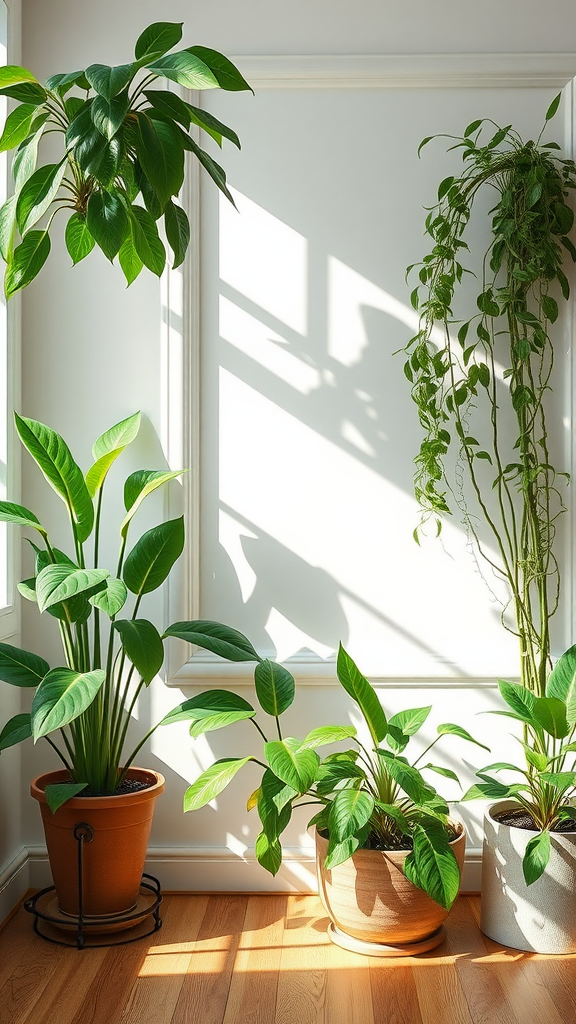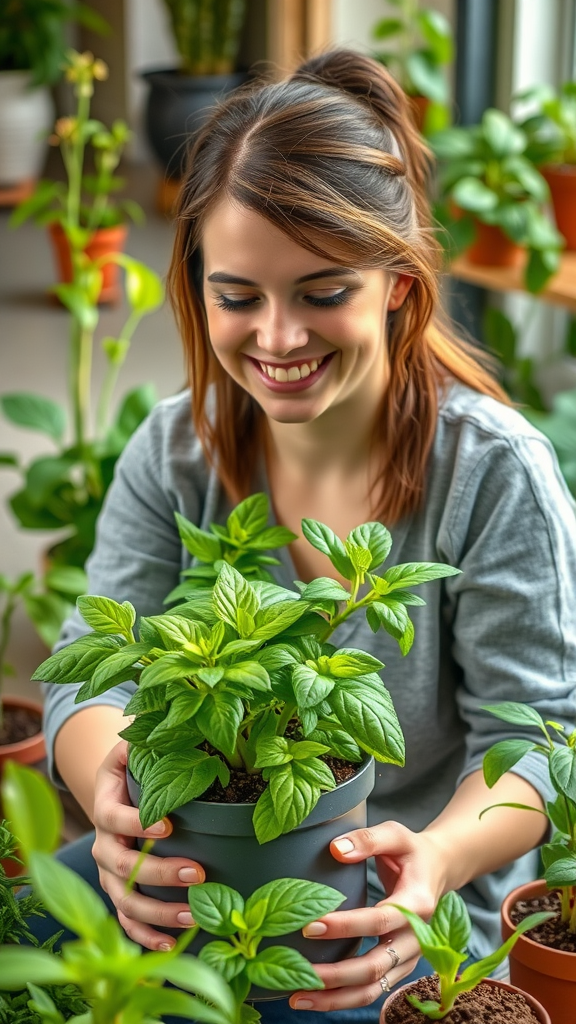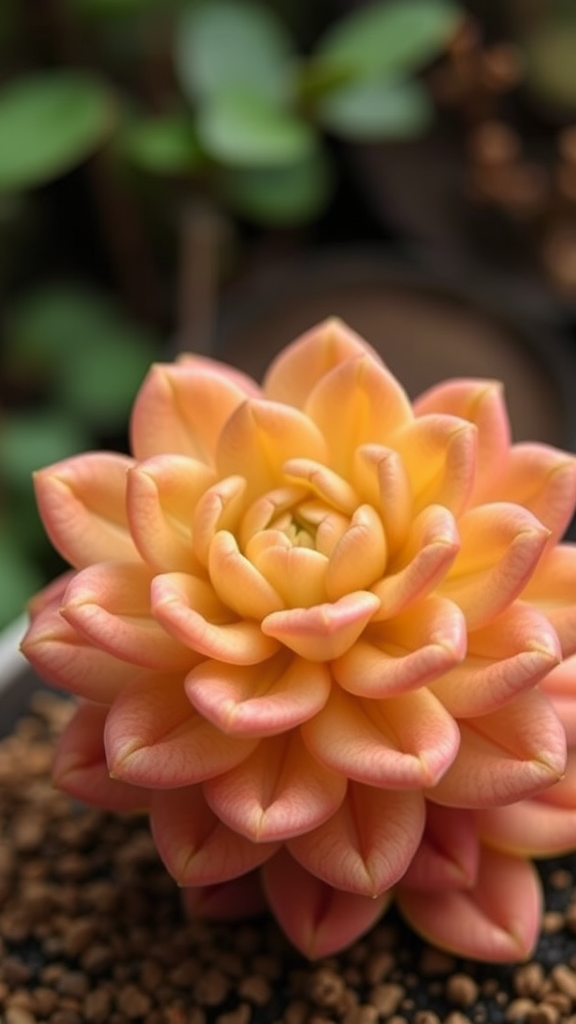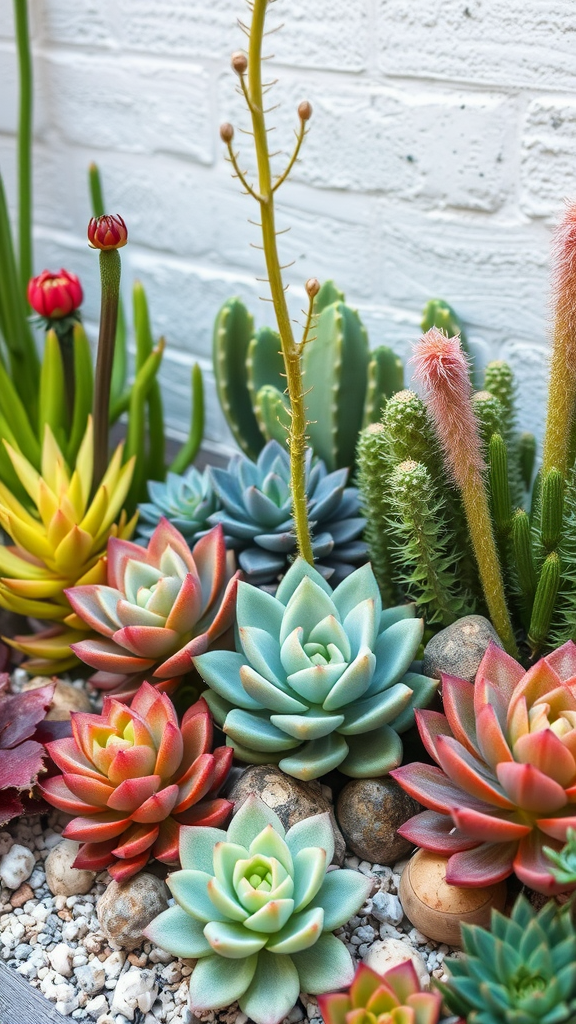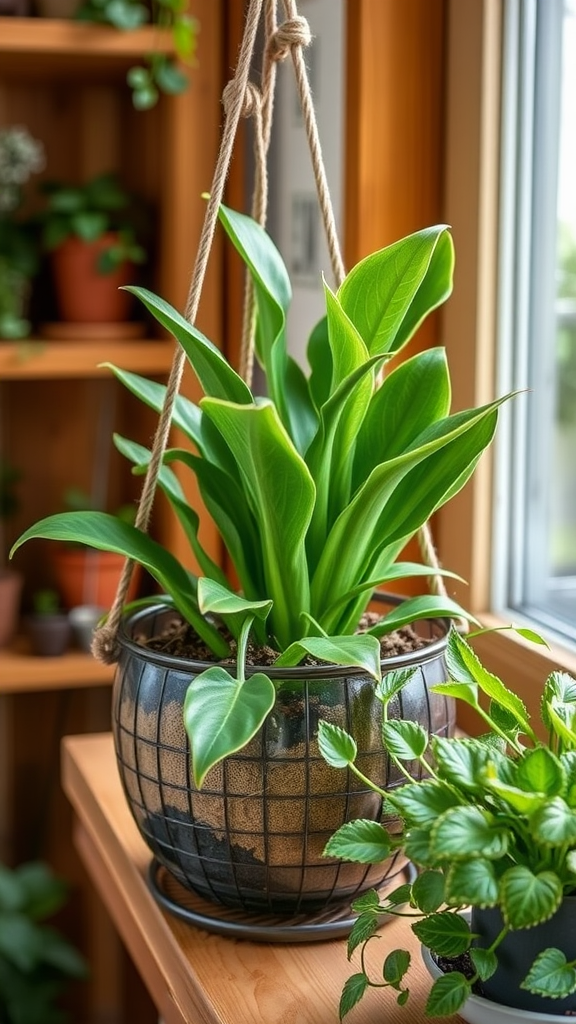Exploring the Benefits of 10 Air-Purifying Plants for a Healthier Home
Many people are becoming increasingly aware of the importance of clean air in their homes. Poor indoor air quality can cause a range of health problems, including allergies, headaches, and fatigue. One effective way to combat this issue is by introducing air-purifying plants into your living space. These natural air filters can enhance your environment and contribute to a healthier home. Let’s explore ten remarkable air-purifying plants that can help you breathe easier.
1. Spider Plant
The spider plant is a popular choice for many households. This hardy plant thrives in a variety of conditions and is known for its ability to remove harmful pollutants like formaldehyde and xylene from the air. Plus, its green and white striped leaves add a touch of vibrancy to any room.
2. Snake Plant
Also known as mother-in-law’s tongue, the snake plant is an incredibly resilient plant that can tolerate low light and irregular water. It absorbs toxins such as benzene, formaldehyde, and trichloroethylene, making it an excellent addition to your home. Another benefit? Snake plants release oxygen at night, promoting better sleep.
3. Peace Lily
The peace lily is not only beautiful but also an effective air purifier. It is particularly good at filtering out ammonia, benzene, and formaldehyde. This plant likes humidity, making it a perfect choice for bathrooms or kitchens. Just remember: it’s toxic to pets, so place it out of reach if you have furry friends.
4. Boston Fern
Boston fern is a lush and feathery plant that thrives in moist environments. It is excellent for removing formaldehyde and other toxins from the air. Keeping this plant healthy does require regular watering and humidity, but its air-purifying benefits are well worth the effort.
5. Bamboo Palm
Also known as the reed palm, the bamboo palm is a great choice for those looking to purify their air while adding a tropical feel to their home. It effectively filters out benzene, formaldehyde, and trichloroethylene. It loves bright, indirect sunlight and can grow to be quite tall, making it a standout piece in any room.
6. Rubber Plant
The rubber plant is another excellent air-purifying choice famous for its large, glossy leaves. It’s particularly good at removing formaldehyde from the air. This plant thrives in bright, indirect light but can adapt to lower light conditions as well. A rubber plant can grow several feet tall, adding impressive height to your indoor space.
7. Aloe Vera
Known mostly for its soothing gel, aloe vera also acts as an air purifier. This succulent removes toxins such as formaldehyde and benzene. It’s an easy-to-care-for plant that needs minimal watering. Plus, having aloe vera on hand can come in handy for minor burns and skin irritations.
8. Pothos
Pothos, or devil’s ivy, is a hardy plant that can thrive in low-light conditions. It’s known for its ability to absorb pollutants like formaldehyde and xylene. The trails of this plant can create a beautiful cascading effect in your home, making it visually appealing while improving air quality.
9. Dracaena
Dracaena plants are popular for their striking appearance and air-cleansing abilities. They can help filter out several toxins, including benzene, formaldehyde, and trichloroethylene. With a range of varieties available, you can choose one that fits your home decor and style.
10. ZZ Plant
The ZZ plant is a near-indestructible houseplant, perfect for beginners. It thrives on neglect and can survive in low-light conditions. This plant is excellent at removing toxins such as xylene, toluene, and benzene, making it a double bonus for your health and home decor.
These air-purifying plants into your home can significantly improve your indoor air quality, helping you create a healthier living environment. Each plant offers unique benefits, so consider your space and preferences when choosing the right ones for you. Not only will these plants enhance your space visually, but they will also contribute to your overall well-being. Take a step toward a healthier home by welcoming these green buddies into your life!
Tips for Caring for Your Indoor Plants to Maximize Air Purification
Indoor plants play a huge role in making your home healthier by purifying the air. To maximize their air-purifying abilities, it’s essential to take good care of them. Here are some straightforward tips to help you keep your indoor plants thriving and boosting the air quality in your living space.
Choose the Right Location
Plants need light, but not all plants thrive in direct sunlight. To ensure your plants flourish:
- Identify the light needs: Research how much light your specific plants require—some prefer bright, indirect light, while others do well in low light.
- Monitor temperature: Keep plants away from drafty windows or heat sources, as extreme temperature changes can stress them.
Water Wisely
Watering is both an art and a science. Too much or too little can harm your plants. Here’s how to find the right balance:
- Check the soil: Stick your finger about an inch in the soil; if it feels dry, it’s time to water.
- Use room temperature water: Cold water can shock the roots, while room temperature water is gentler on plants.
- Ensure proper drainage: Use pots with drainage holes to prevent water from pooling at the bottom.
Keep Humidity in Check
Many indoor plants, especially tropical varieties, love humidity. You can increase moisture in the air by:
- Grouping plants together: This creates a microclimate and maintains humidity as they release moisture.
- Using a humidifier: Running a humidifier nearby can be especially useful during dry winter months.
- Adding water trays: Place trays filled with water and pebbles under pots; as the water evaporates, it increases humidity.
Fertilize Regularly
Plants need nutrients to perform their best. Fertilizing can boost their capacity to purify the air. Here’s what you should consider:
- Choose the right fertilizer: Use a balanced, water-soluble fertilizer during the growing season—spring and summer.
- Avoid over-fertilization: Follow package instructions carefully; too much can harm your plants.
Dust Off Leaves
Dust can block the leaves from absorbing sunlight and reduce a plant’s ability to purify the air. Keep them clean by:
- Wiping leaves with a damp cloth: Gently wipe leaves every few weeks to remove dust and grime.
- Giving them a shower: For larger plants, place them in the bathtub and lightly spray with water.
Repot When Necessary
As plants grow, they need more space. Repotting can help them thrive by offering fresh soil and more room to grow. Look for these signs:
- Roots are coming out of the drainage holes: This indicates the plant is root-bound and needs more space.
- Growth has slowed: If your plant isn’t thriving, it may be time for a new pot and fresh soil.
Prune Regularly
Pruning helps keep your plants healthy and encourages new growth. Regularly check your plants for dead or yellowing leaves:
- Remove unhealthy leaves: Snipping off dead or damaged foliage allows the plant to focus its energy on healthy growth.
- Shape the plant: Prune to maintain the desired shape and size, helping it remain manageable and aesthetically pleasing.
Be Patient
Caring for plants is a learning process. Watch how they respond to your care, and adjust accordingly. With time, you’ll get to know what works best for your specific plants. Remember, every plant is unique and may have different needs.
By following these tips, you’ll help your indoor plants not only survive but thrive. As a result, they’ll be more effective at purifying your home’s air, contributing to a healthier living environment for you and your family.
Conclusion
Creating a healthier home environment is as simple as welcoming the right plants into your space. The 10 air-purifying plants we’ve explored not only enhance the air quality around you but also bring beauty and vibrancy to your indoor setting. From the resilient Spider Plant to the elegant Peace Lily, each plant offers unique benefits that make your living space feel fresher and more welcoming.
To fully realize these benefits, it’s essential to provide proper care for your indoor plants. Regular watering, adequate sunlight, and appropriate potting are key factors that contribute to their air-purifying abilities. Additionally, watching out for pests and maintaining cleanliness can ensure that your plants thrive, maximizing their potential to filter toxins and improve indoor air quality.
Remember, the journey of incorporating air-purifying plants into your home is a rewarding one. Not only do these green companions improve the air we breathe, but they also foster a sense of well-being and relaxation. As you nurture them, you’ll cultivate not just healthier air but also a stronger connection to the nature around you.
So, take the leap! Start small, choose a couple of your favorites, and gradually expand your indoor garden. Your home will not only smell fresher and feel better, but you’ll also enjoy the joy and satisfaction that comes from caring for these living beings. Embrace the power of plants and transform your space into a sanctuary of health and harmony.

